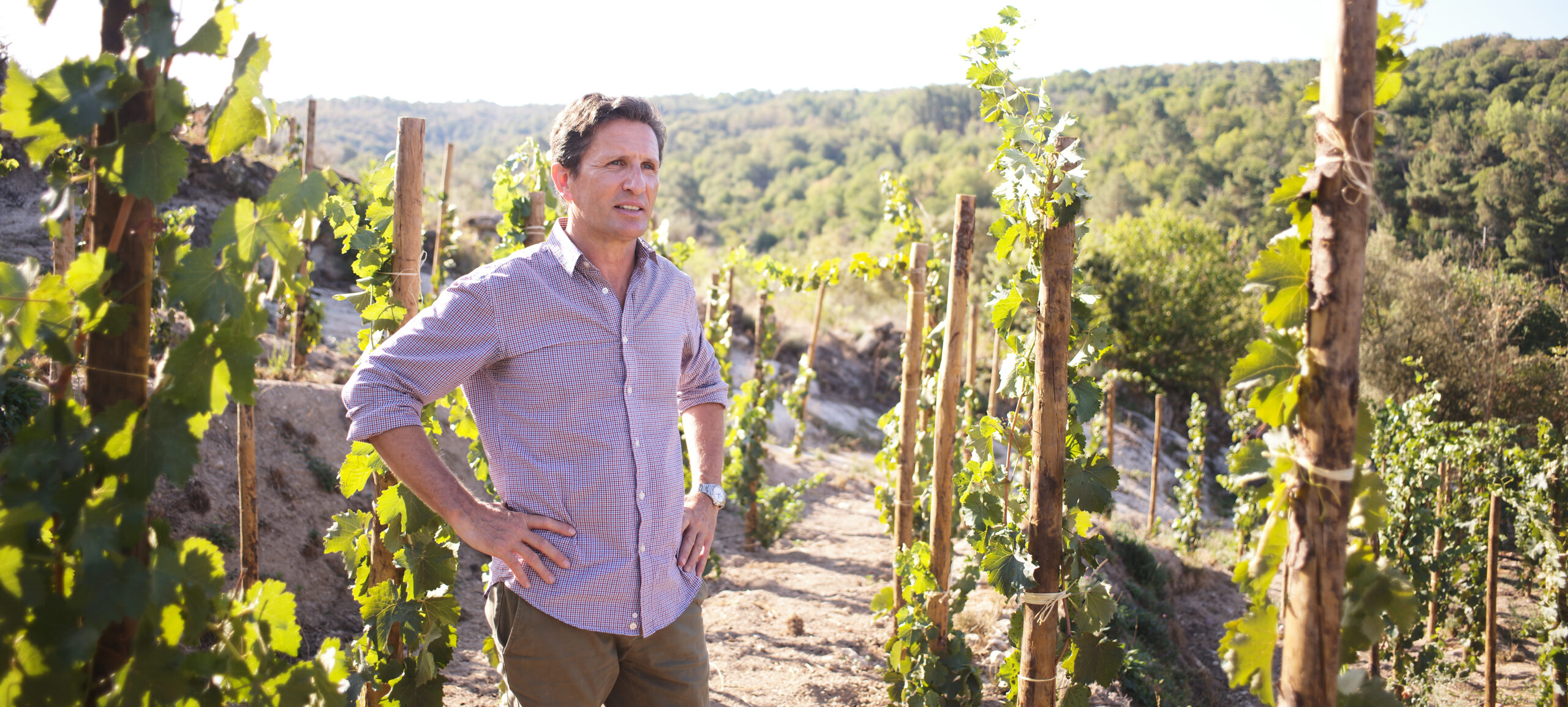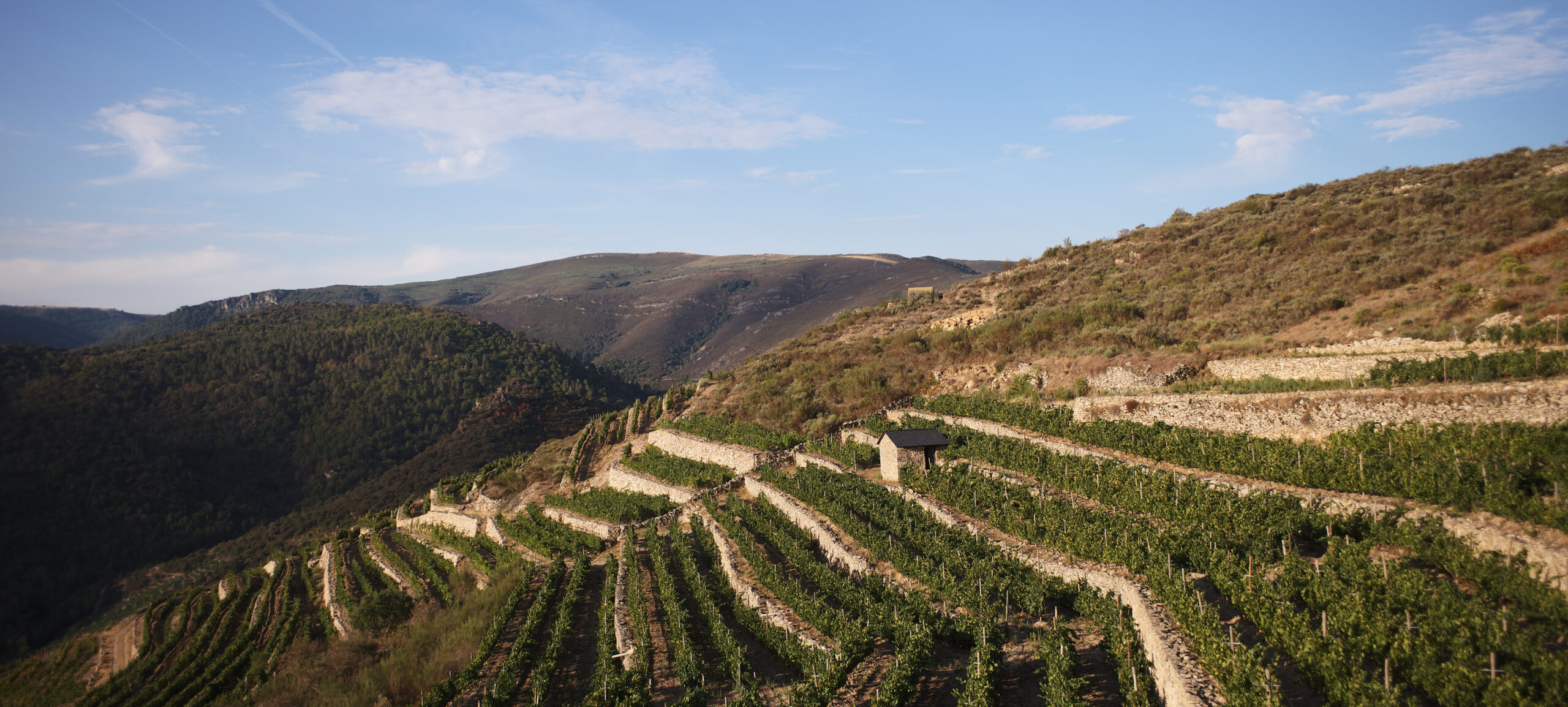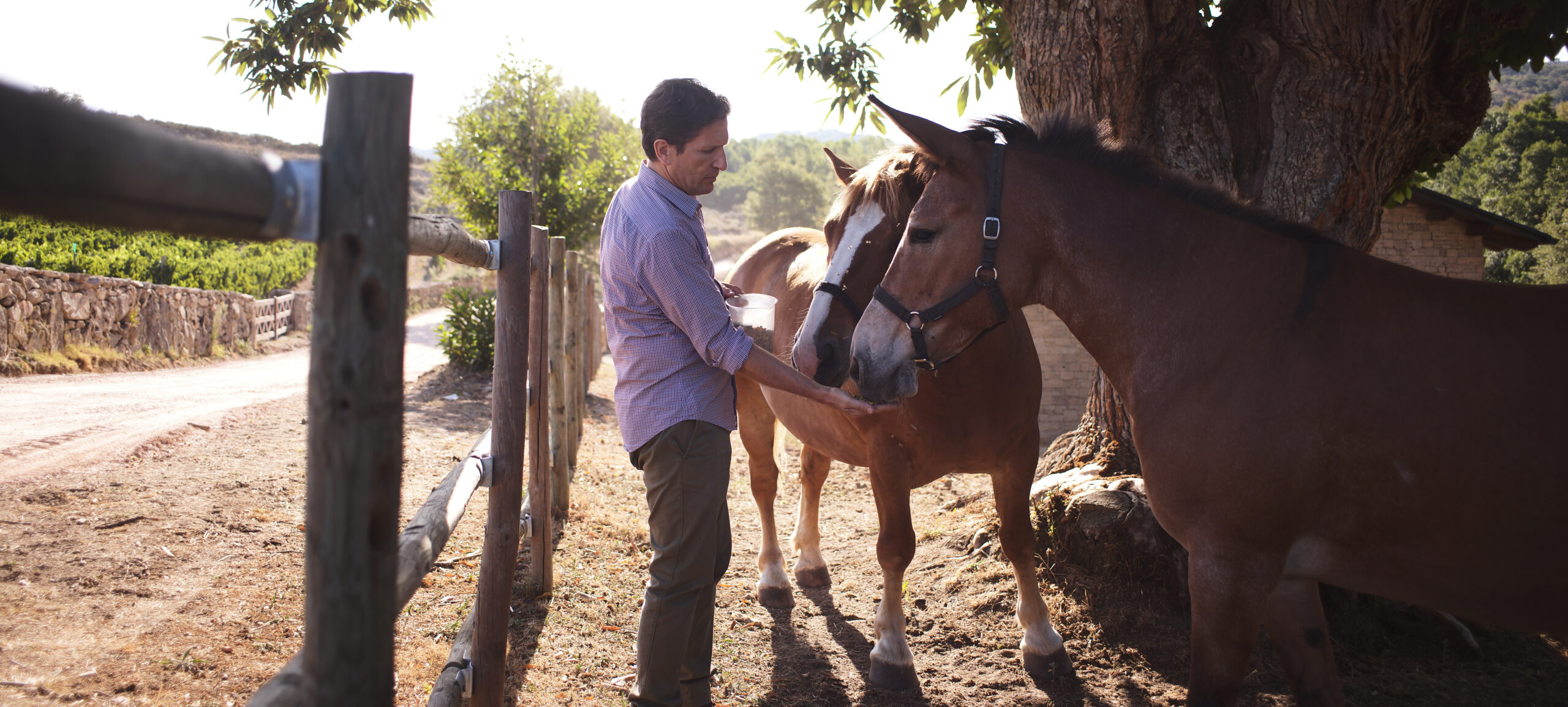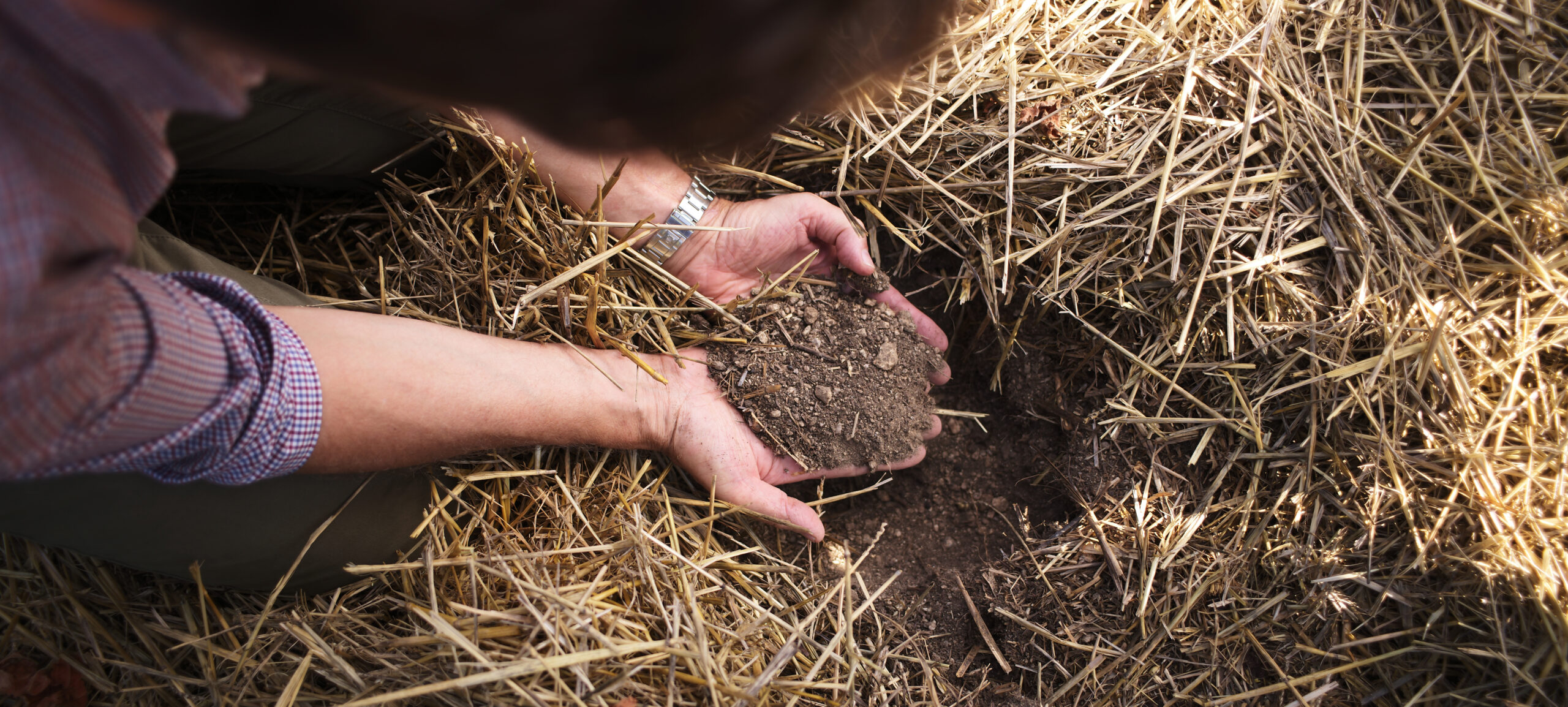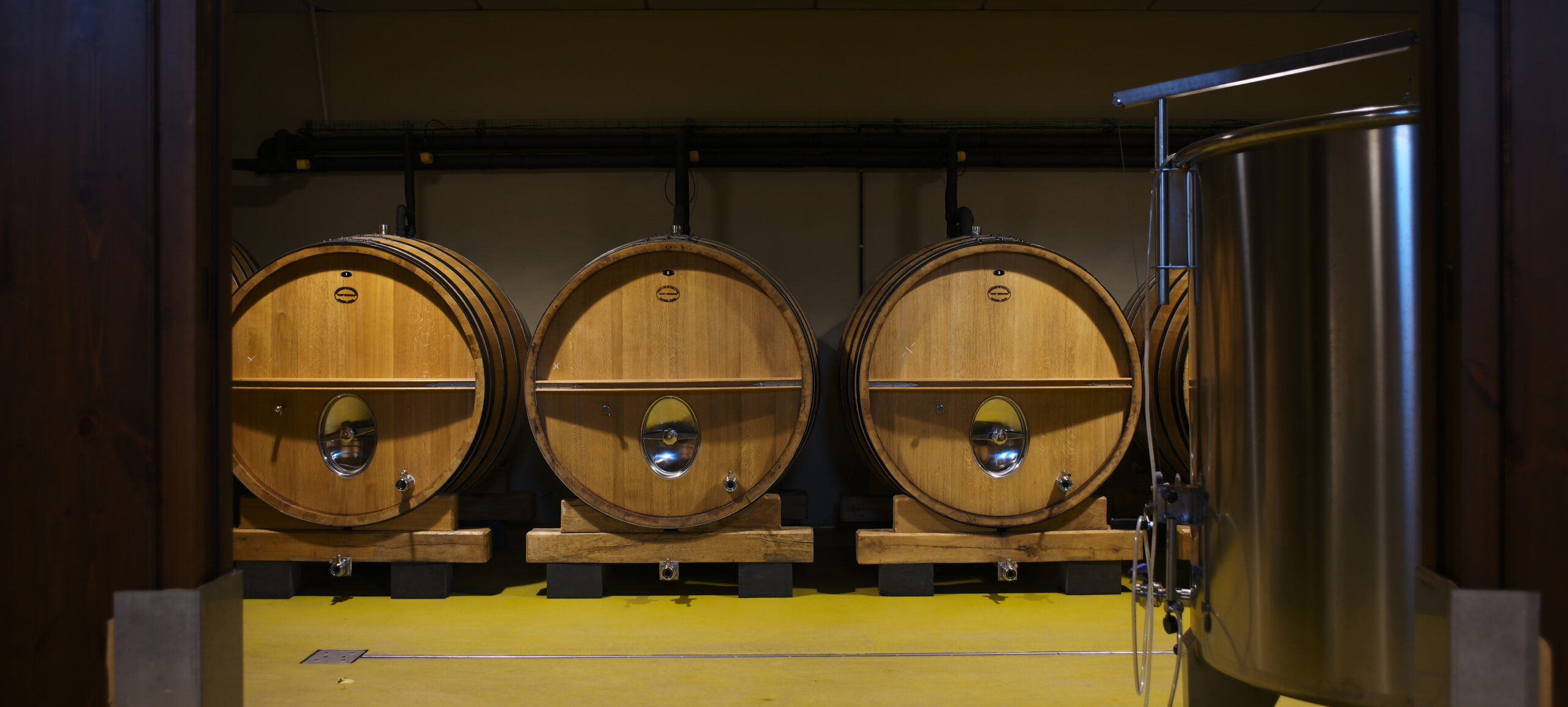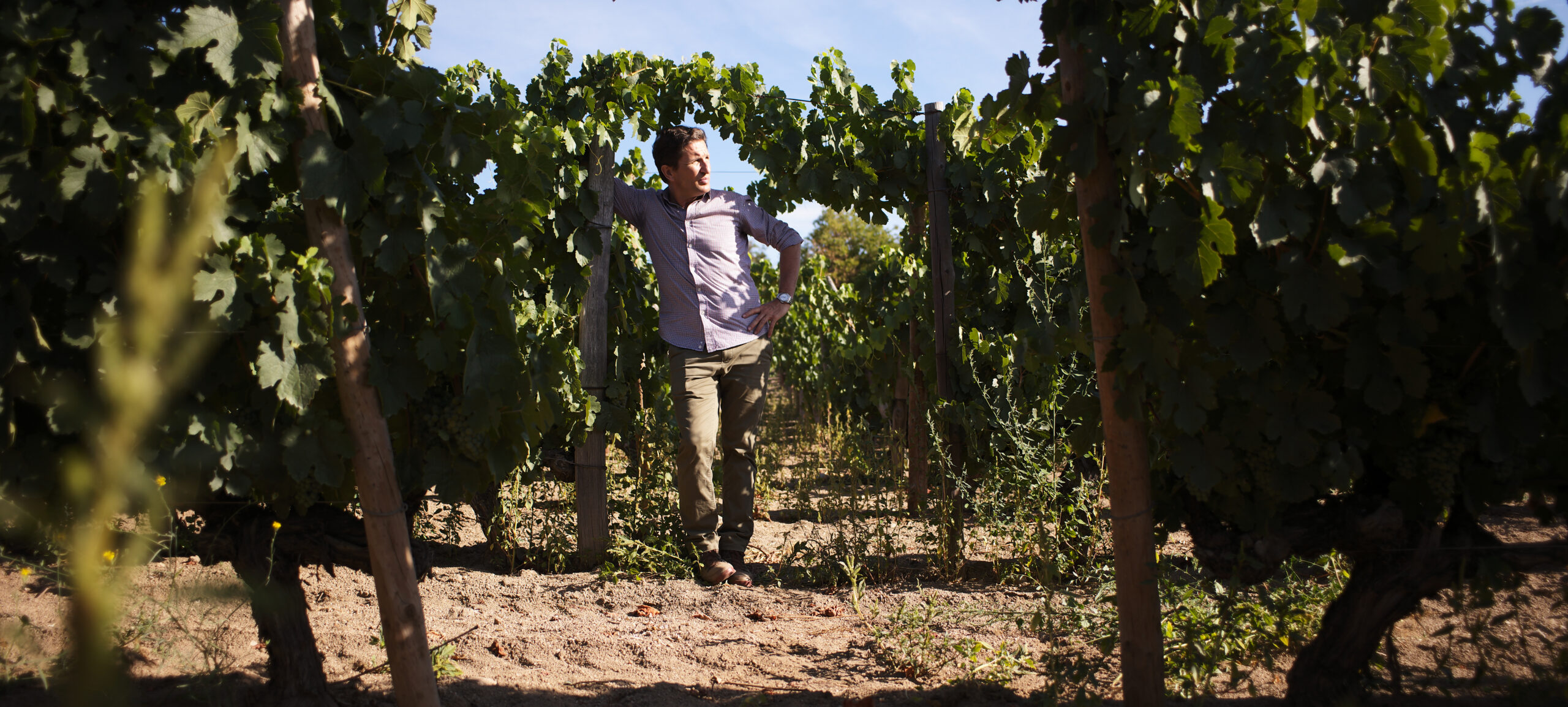It is so exciting to see a winemaker grow and develop into a master craftsman. We had the privilege many years ago to sell Rafael Palacios’ first wine out of winemaking school in Bordeaux when he created Placet, the white Rioja wine from Palacios Remondo at his family’s bodega. We later got to follow his move to Valdeorras as the consulting winemaker for Valdesil, and eventually, to sell the first releases of his name-sake project in Valdeorras. So, it is a pleasure to start to work directly together again 11 years later and to be a part of the Spanish White Wine revolution that Rafa has championed for many years.
While Valdeorras is located in Galicia in Northwestern Spain, it is not always a cool and humid Atlantic climate as it is in other parts of the province. Given its land-locked location, it is one of the appellations in Galicia that often experiences Mediterranean and Continental climates, along with Atlantic influences as well, depending on the vintage. The main variety of focus for Rafa is Godello (though there is also a little bit of Treixadura blended into some of the older parcels). This variety is not easy to master as it can easily spiral into rich and tropical, especially in challenging years when summers are very hot and Mediterranean, as we are experiencing more and more these days. The additional challenge for Godello is it has a shorter window of “optimal ripeness”, so you can’t just pick it early for acidity as you might with, say, Chardonnay. Under ripe Godello, unfortunately, can be somewhat bitter. Nonetheless, how the vines are taken care of, where the vines are located, and how the grapes and musts are handled in the cellar are the keys to taking this variety from the ordinary to the sublime. And only under the fastidious and watchful eye of a master like Rafael Palacios do all these factors combine correctly to produce results that consistently make him one of Spain’s greatest winemakers.
Rafa started his project in 2004 and has slowly cobbled together 32 plots totaling 24.5 hectares of Godello vines through purchase or long-term lease. All these vines are in the municipality of O Bolo close to the Bibei river at an elevation of 620-740 meters, on the western edge of the appellation. Most of these plots, or Sortes (Galician for parcels) are relatively steep, so are planted on terraces to prevent erosion. In this area, across the Bibei from the eastern edge of Ribeira Sacra, we find granitic-based soils as opposed to the clay/limestone and schist soils that predominate in the region, on flatter terrain and at lower altitudes as well. These decomposed granitic sands, coupled with a high elevation and elements of biodynamics/organics in the vineyards, help to give the raw material with the potential for world-class white wines. Rafa and his team oversee all the vineyard work in this remote and rugged terrain, as well as all of the winemaking.
The lineup of wines begins with Louro do Bolo which is made from their younger vine parcels, and is fermented naturally in 35 hl foudres and aged on the fine lees for 4 months before bottling. The result is a wine that is clear and precise, with a fine minerality buried in a nicely textured base of fruit, sort of like the drink-me-now, every day, Chablis AC, compared to his higher 1er/Grand Cru cuvées that take it up a few notches.
The next level up is his As Sortes which is made from old vines that are located within six sortes in the northern end of the Bibei Valley that were planted in the late 1970s and early 1980s. These parcels are worked organically with some elements of biodynamics as well. The grapes are fermented and aged in mostly used 500 L oak barrels for 8 months. Compared to the Louro, this is a wine that stands up tall in its refinement and presence on the palate but also shows some added complexity and aromatic development with aeration or additional time in bottle.
At the top level are Rafa’s single parcel wines, or Sortes Unicas, which are produced in miniscule quantities. Sorte Antiga is from a bush-pruned vineyard planted in 1920. It has a very old clonal selection of vines that produce very small tight berries. It faces north and is at 680 meters in elevation. The vineyard is farmed biodynamically, and Palacios recounts that it took a full 10 years to fully benefit from these fastidious farming practices. Here, the winemaking is done according to the local tradition with fermentation on the skins in large open vats for about a month and then aging in used oak barrels. The wine is reminiscent of the old brisados (aKa Orange Wine) but with much more elegance and varietal character.
The top wine (yes, it was the first Galician wine to get 100 points in the Wine Advocate) is O Soro. Although this sorte was only planted in 1978, Rafa considers it his best Grand Cru site. The location of the vineyard opens up to the north of the Bibei Valley and so gets a constant cooling breeze. The soils here are a mix of granite sands and also quartz schists and it is planted to a clone with extremely low vigor. These factors combine to give the wine a truly exceptional and unique quality that marries power and freshness. These vines are cultivated in a traditional way using horses to work the soil and following the principles of biodynamics and the lunar calendar. The wine ferments in 500 liter barrels and ages for 8 months and then held for another 8-12 months in bottle before release. This cuvée is for sure a major statement for the potential of Spanish white wines on the world stage possessing concentration, complexity, and structure but also freshness and energy that only the greatest of whites can possess. Truly special!
